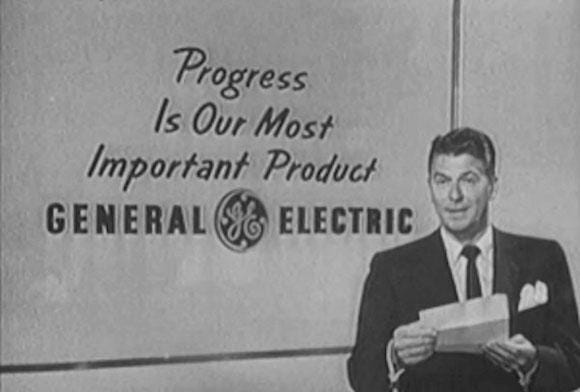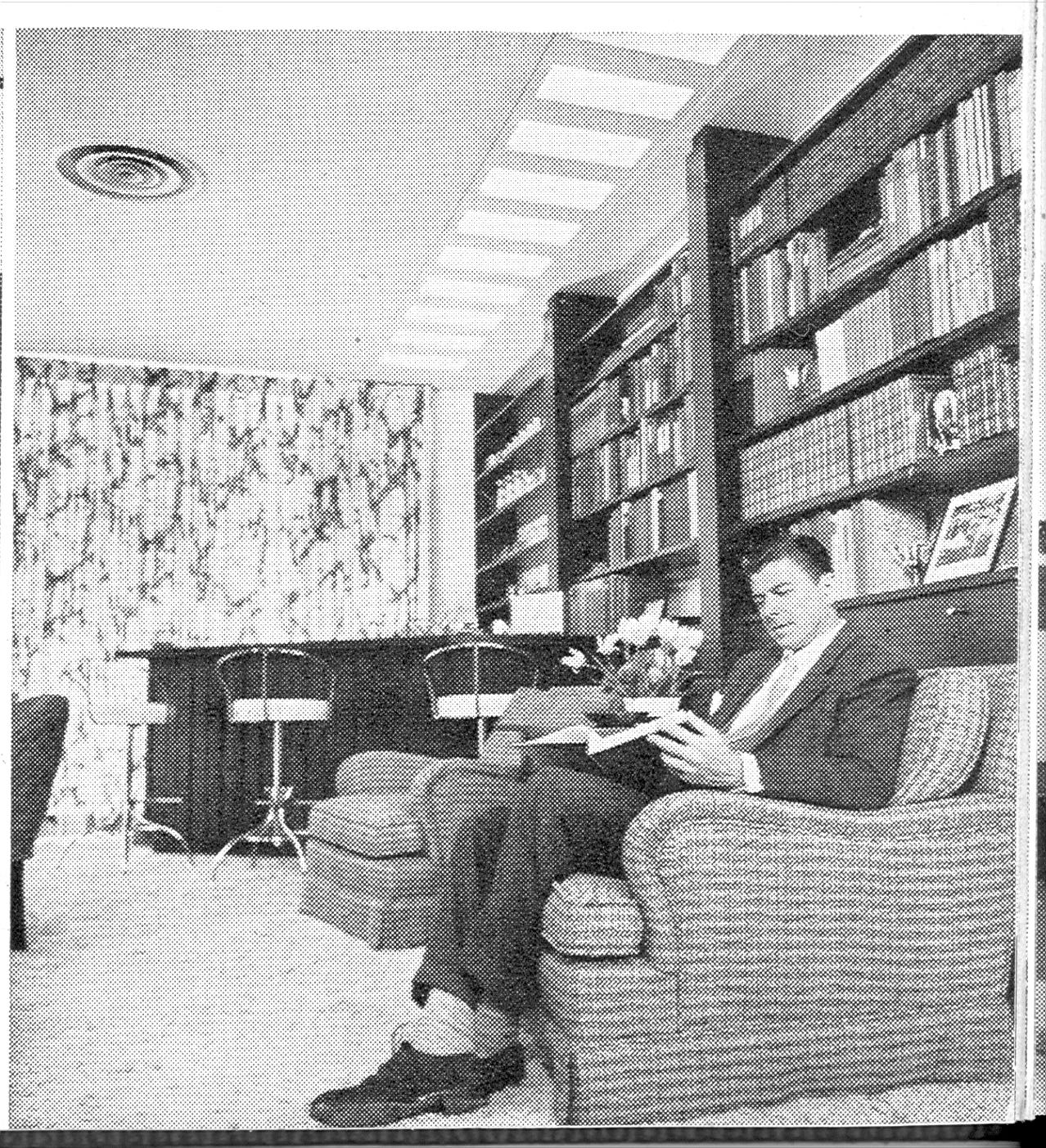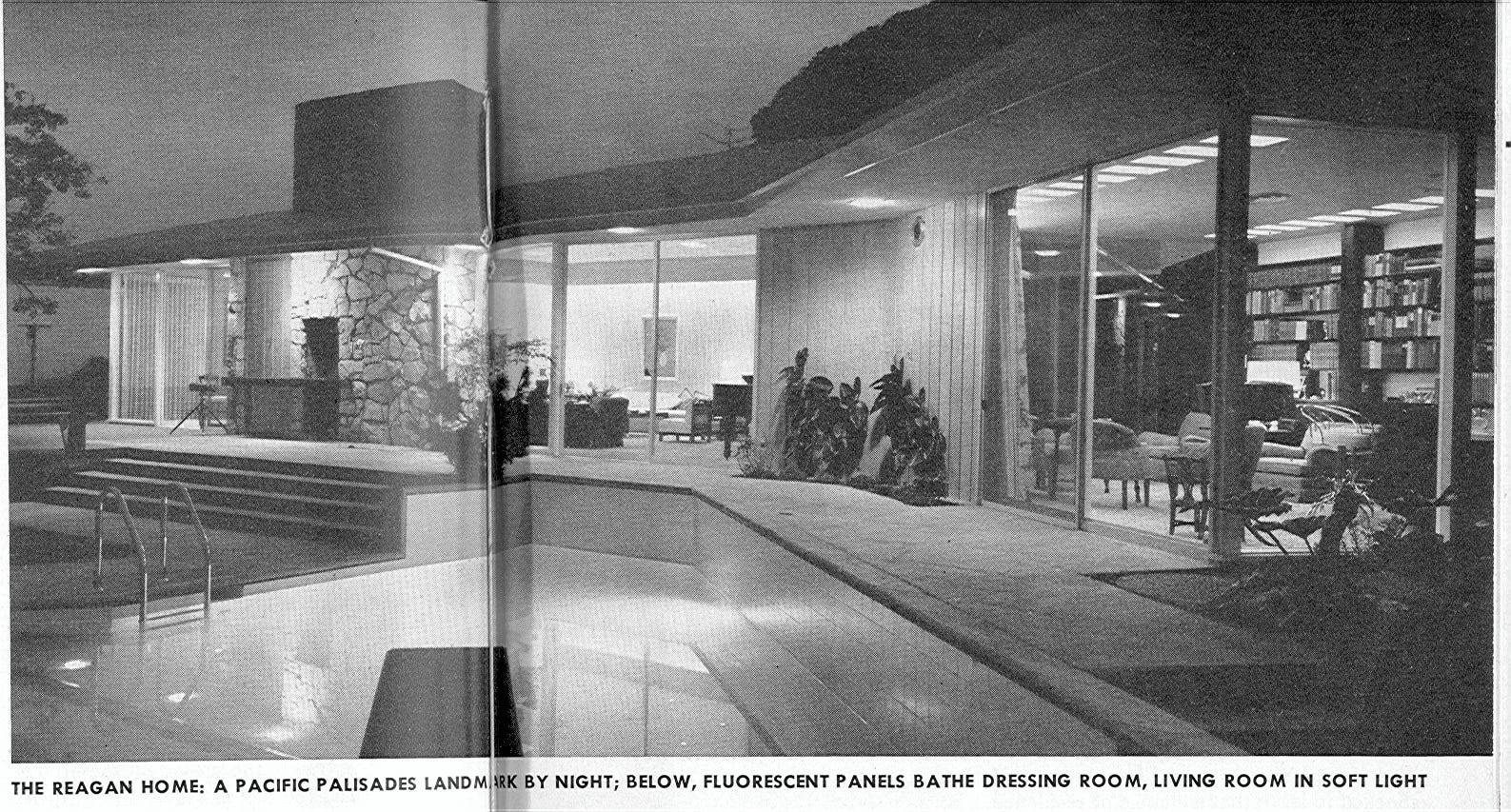
Progressland
Progress was more than a promise in America’s post-World War II era — it was a vividly painted portrait of the future. Whether it was Westinghouse’s “Home of the Future,” Disney’s “Tomorrowland,” or the countless other future visions that emerged during this time, America was mesmerized by the promise of a brighter tomorrow.

In 1955, General Electric assisted its spokesperson in constructing a fully electric residence for the star of the General Electric Theater and his spouse. According to Reagan’s memoir, the house was a “dream home” with a view of the Pacific Ocean and loaded with every conceivable electric gadget.




As we move into this new era of invention, we must continue renegotiating our relationship with technology. Many uncertainties, ethical dilemmas, and emerging areas of science and industry that had only been theorized will shortly be possible — let us not limit ourselves to the worn path of modernism in aesthetics but especially ethos.
Imagining New Futures
Today’s visions of the future resemble many of their modern counterparts in that they often revolve around selling luxury goods to those who barely knew they needed them. Perhaps more egregious than their modern counterparts is the often empty rhetoric about social responsibility, equality, and saving the world.
As we move into this new era of invention, we must continue renegotiating our relationship with technology. Many uncertainties, ethical dilemmas, and emerging areas of science and industry that had only been theorized will shortly be possible — let us not limit ourselves to the worn path of modernism in aesthetics but especially ethos.
We must be active, ethical, and informed creators — not dull sycophants and passive consumers. We must be designers.